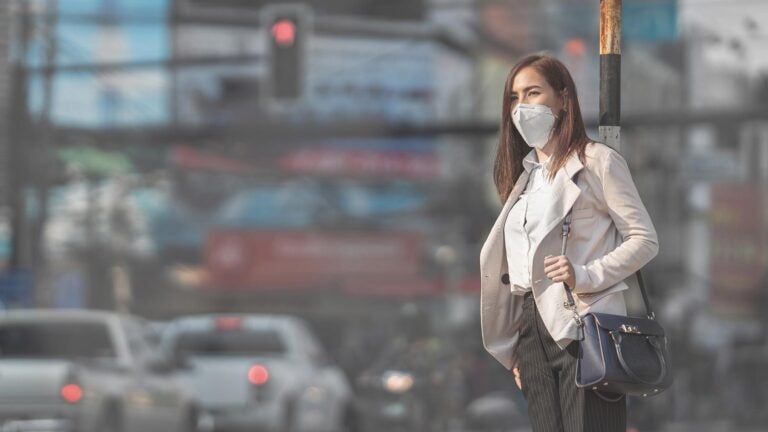
USC research was one of the key pieces of evidence the Los Angeles City Council cited when moving its goal for transitioning to an electricity system powered by 100% renewable energy to 2035 from 2045. (Photo/iStock)
Innovation with impact: 2 USC sustainability research projects seek to make real-world difference
New approaches to addressing and reducing air and water pollution in L.A. seek to educate, incentivize key stakeholders.
Two USC research projects tackling seemingly insurmountable problems — Los Angeles’ polluted air and plastic garbage in the Pacific Ocean — illustrate the ambitious Trojan approach to sustainability research.
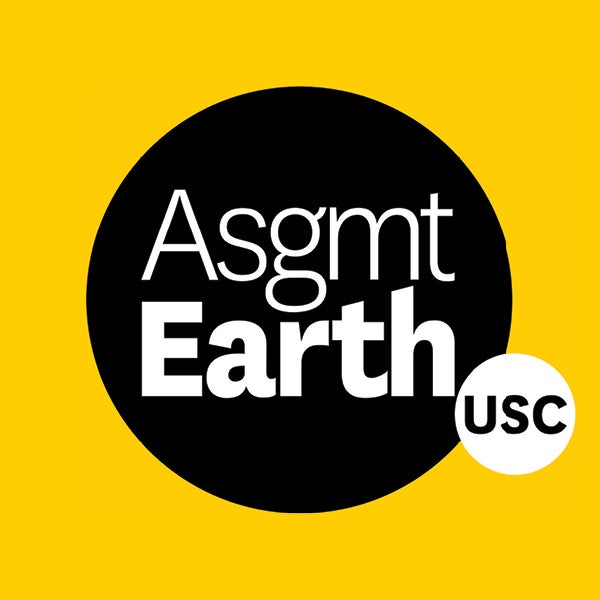 In 2017, the L.A. City Council commissioned a study to evaluate the feasibility of the city transitioning to an electricity system powered by 100% renewable energy. A major concern was the evolving demand on electricity: With increased solar and electric vehicle adoption by customers, how soon could Los Angeles transition to a grid powered by renewable energy?
In 2017, the L.A. City Council commissioned a study to evaluate the feasibility of the city transitioning to an electricity system powered by 100% renewable energy. A major concern was the evolving demand on electricity: With increased solar and electric vehicle adoption by customers, how soon could Los Angeles transition to a grid powered by renewable energy?
The resulting report — called the Los Angeles 100% Renewable Energy Study, or LA100 — showed that the city’s energy needs can be met by an electric grid generated by carbon-free sources and on a much faster timeline than initially forecast. While the City Council first aimed for 2045, the LA100 report prompted city leaders to revise their goal, moving the decarbonization deadline up by a decade.
Pivotal to the findings was the work of the late George Ban-Weiss, a USC Viterbi School of Engineering professor whose groundbreaking research aimed to reduce public exposure to air pollution. In coordination with colleagues from the National Renewable Energy Laboratory and USC, Ban-Weiss and his fellow researchers created a novel, science-based analysis of the city’s power systems to determine how to achieve the goals set by the City Council. After Ban-Weiss died in 2021, his colleagues took up the cause and continued his research.
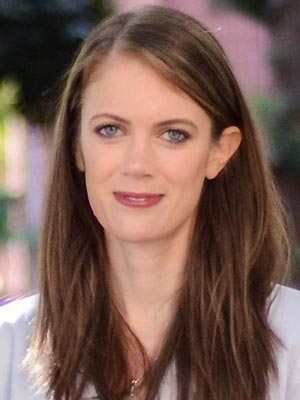
Kelly Sanders, an associate professor of civil and environmental engineering at USC Viterbi, led some of the energy modeling for the LA100 study and is now working to develop better estimates of how air pollution levels across the city might change as a result of decarbonizing its electricity system.
“After George’s passing, I helped finish up some of his work with his former lab members to develop models to quantify the impact of different energy system scenarios on air pollution,” she said. “In this new project, we’re actually considering what the city’s air pollution might look like in the context of future climate change.”
Yun Li, who was a postdoctoral scholar in Sanders’ research group before moving to the National Renewable Energy Laboratory, created models used in the LA100 report as a doctoral student working with Ban-Weiss, which showed that 150 lives per year could be saved if the city transitioned to sustainably generated energy by 2045. Her study was one of the key pieces of evidence the City Council cited when moving its goal forward to 2035.
“We’re now building on the LA100 effort to see what air quality trade-offs might result from different energy scenarios in the future when climate change is taken into account,” Sanders said. “For instance, air pollution can be made worse by rising temperatures, so the benefits of transitioning to a clean electricity grid were likely underestimated in the initial phase of the LA100 project, because it assumed historical climate conditions.”
USC research into ‘fungus food’ conversion reveals value of plastic waste
One of the world’s most devastating examples of plastic pollution sits just off the L.A. coast, in Catalina Harbor. The harbor’s beach captures trash from the massive Great Pacific Garbage Patch, a gigantic, swirling gyre of plastic debris ranging from microplastics to milk jugs. Where some saw this eyesore as an impossible-to-solve problem, USC professors Clay C.C. Wang and Travis Williams saw an opportunity.
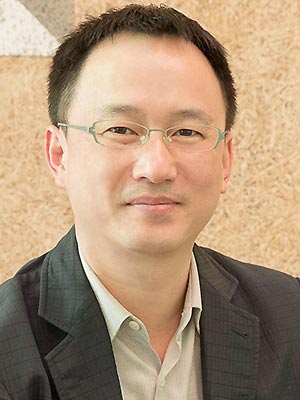
“It’s pretty sad when you visit the harbor — there are pieces of trash from the Pacific Ocean and these marine animals dying on the beach,” said Wang, professor of pharmacology and pharmaceutical sciences at the USC Alfred E. Mann School of Pharmacy and Pharmaceutical Sciences. “We wanted to create a solution, and the economics were going to be important — we want to turn plastic waste into something of value. Even beach cleanups now, much of that waste ends up in landfills.”
The duo used a relatively simple, two-step process featured on the cover of Angewandte Chemie this past December and the Journal of the American Chemical Society in February. Williams, professor of chemistry at the USC Dornsife College of Letters, Arts and Sciences, and his lab utilized chemicals known as catalysts and, with pressurized oxygen, broke down the plastic waste to produce chemicals called carboxylic acids and diacids, which the team calls “fungus food.” Wang’s research group at USC’s Health Sciences Campus fed those diacids to specialized versions of a fungus called Aspergillus nidulans. When fed the acids, the fungus quickly created exceptional quantities of antibiotics and other valuable products used for making medicines and agrochemicals.
Wang and Williams have known each other a long time. Wang served as a graduate teaching assistant while Williams attended Caltech as an undergraduate.
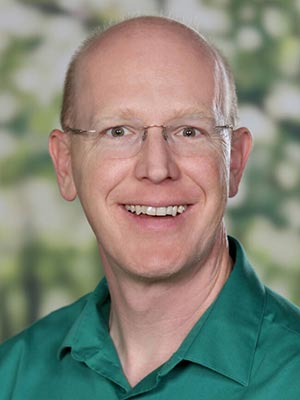
“If you look up crazy in the dictionary, there’s a picture of me and then the second definition is Clay,” Williams said. “We’ve known each other forever — we’ve been looking for an excuse to work with each other, and we finally found one.”
Jessica Dutton, executive director of the USC Wrigley Institute for Environmental Studies, said the work conducted by Sanders, Wang and Williams exemplifies the variety and quality of sustainability research at USC. Each was the recipient of the Wrigley Institute’s Faculty Innovation Award, which “provides seed funding for innovative, original research that accelerates the development of new solutions to global environmental challenges.”
“The Wrigley Institute is proud to be supporting these research programs,” Dutton said. “The projects exemplify the Wrigley Institute’s goal to advance research that improves the lives of people and the environments they depend on, both here in Los Angeles and around the world.”



